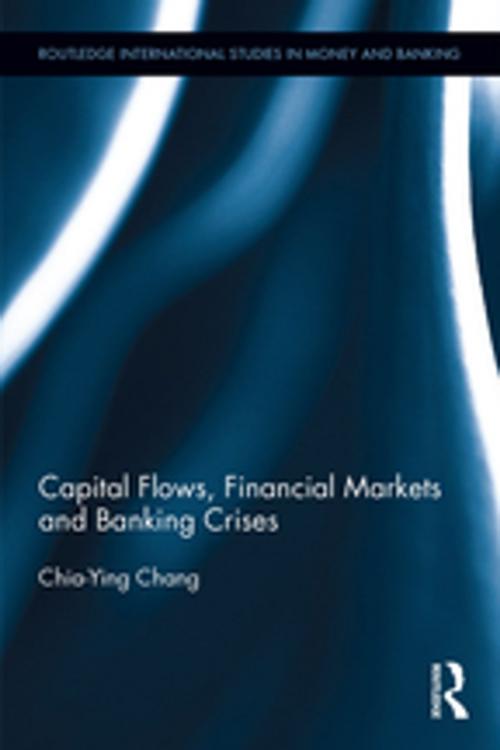| Author: | Chia-Ying Chang | ISBN: | 9781315469393 |
| Publisher: | Taylor and Francis | Publication: | April 21, 2017 |
| Imprint: | Routledge | Language: | English |
| Author: | Chia-Ying Chang |
| ISBN: | 9781315469393 |
| Publisher: | Taylor and Francis |
| Publication: | April 21, 2017 |
| Imprint: | Routledge |
| Language: | English |
The increasing capital flows in the emerging markets and developed countries have raised various concerns worldwide. One main concern is the impact of the sharp decline of capital flows – so-called sudden stops – on financial markets and the stability of banking systems and the economy. The sudden stops and banking crises have been identified as the two main features of most financial crises, including the recent Asian Financial Crisis and Global Financial Crisis. However, how capital flows and banking crises are connected still remains unanswered.
Most current studies on capital flows are empirical work, which faces various challenges. The challenges include how data has been collected and measured in each country and how sensitive the results are to the data and the adopted methodologies. Moreover, the links between capital flows and banking systems have been neglected. This book helps provide some insight into the challenges faced by empirical studies and the lessons of the recent crises. The book develops theoretical analysis to deepen our understanding on how capital flows, banking systems and financial markets are linked with each other and provides constructive policy implications by overcoming the empirical challenges.
The increasing capital flows in the emerging markets and developed countries have raised various concerns worldwide. One main concern is the impact of the sharp decline of capital flows – so-called sudden stops – on financial markets and the stability of banking systems and the economy. The sudden stops and banking crises have been identified as the two main features of most financial crises, including the recent Asian Financial Crisis and Global Financial Crisis. However, how capital flows and banking crises are connected still remains unanswered.
Most current studies on capital flows are empirical work, which faces various challenges. The challenges include how data has been collected and measured in each country and how sensitive the results are to the data and the adopted methodologies. Moreover, the links between capital flows and banking systems have been neglected. This book helps provide some insight into the challenges faced by empirical studies and the lessons of the recent crises. The book develops theoretical analysis to deepen our understanding on how capital flows, banking systems and financial markets are linked with each other and provides constructive policy implications by overcoming the empirical challenges.















